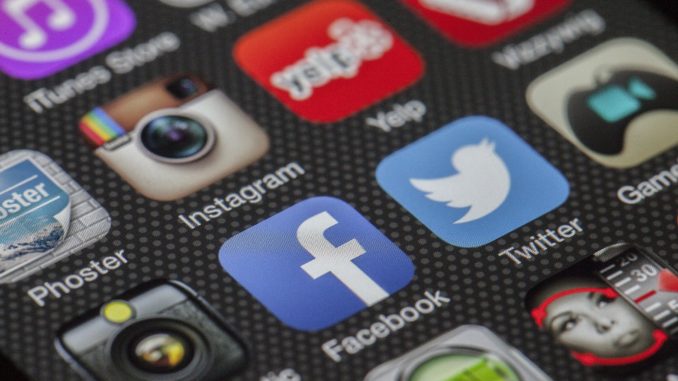
Who would have thought that in 2017 we are able to do so much on our mobiles? Literally from the palm of our hands, we can browse catalogs, purchase products and so very much more. This has led mobile usage to balloon up to an astounding eight hours a day – quite literally half our waking hours. Because people are using their mobiles more than desktops, brands and companies have adapted and now meet users where they spend most of their time, on social media.
It’s safe to say that people are using technology more than they care to spend on sleeping. Mobile apps are therefore competing to engage and hold the attention of users for longer periods, while including features that are beneficial for companies and brands.
The role of apps
Apps are the launch pad for companies and brands onto mobile devices, allowing for the creation of an immersive user experience and a platform for engagement.
Within mobile apps you’ll find a range of features that better the user’s experience, particularly with social media apps. A great example, the Canvas feature on Facebook allows companies and brands to beautifully tell stories and showcase their products and services.
The benefits of such app features? For one, users need not exit an app to engage with a company or a brand. Instead, the wheels have turned and now brands and companies are going the extra mile to meet their consumers and prospective customers. These features have created an avenue for companies and brands to target their intended audience much more accurately.
Before the practice of digital marketing, traditional advertisers had little control of accurately knowing who, where and how far the reach of their message has gone.
With the targeting capabilities and the almost endless possibilities of digital marketing on mobile apps, paid media strategists of digital marketing agencies are able to produce the right content and ensure that it reaches the right people, at the right time.
Let’s delve into the details of targeting and engaging on mobile apps as it’s more than just the features, accessibility, and linking between mobile users and companies. For one, companies and brands can have a great reach with programmatic media.
Programmatic media
Programmatic media is software based, automated buying of media. Programmatic media includes display, video, social, radio, television and other media. Digital marketers can use programmatic media for its insights and use the data gathered to tweak creative across an entire campaign. What’s more, programmatic media provides valuable information that can be used to better future targeting, and so aim to paint a complete picture.
The use of programmatic media is definitely a great strategy for one-to-one marketing. Programmatic media provides companies and brands with the guidance of intelligent data that can be used to offer the mobile user with a well-integrated, seamless experience within their app of choice. No longer do mobile users need to hop from app to app to complete an action, as software such as programmatic media allows companies and brands to go all the way and meet users where they are at the right time.
This software taps into targeting campaign parameters. Its qualitative form affords paid media to serve relevant ads to the right person. This demonstrates the impact of programmatic media and how it strengthens targeting. This kind of marketing allows paid media teams to deliver their message when the prospects are thinking about it.
Mobiles have changed the face of digital marketing. The features of social media, combined with programmatic media, strengthens the connection between the customer and brand. Of course, there are many other features that contribute to the way digital marketing is done. We can only expect more innovative features and tools to push the boundaries of how we market on social media and apps.
Mobile apps have gone from being a launch pad to the primary, go-to channel for consumers to connect with their favourite brands and companies. With the benefits comes challenges too. For digital marketers, they have to cross unfamiliar channels as well as targeting problems. To conquer and succeed, it requires attention to detail and A/B testing to reach the desired audience and the right time.
